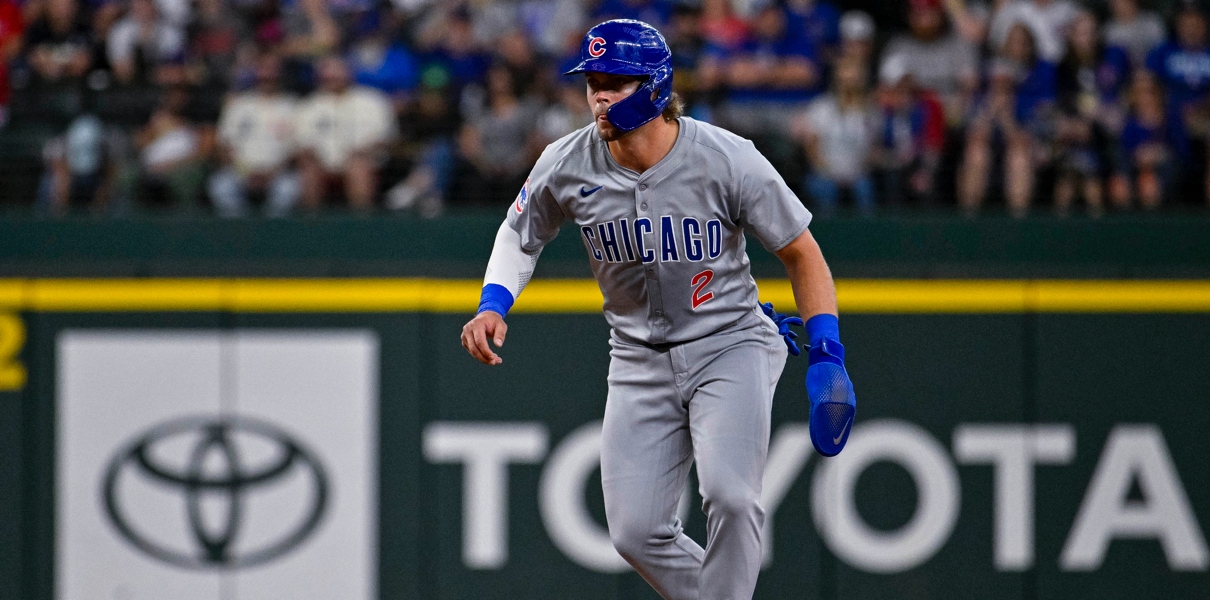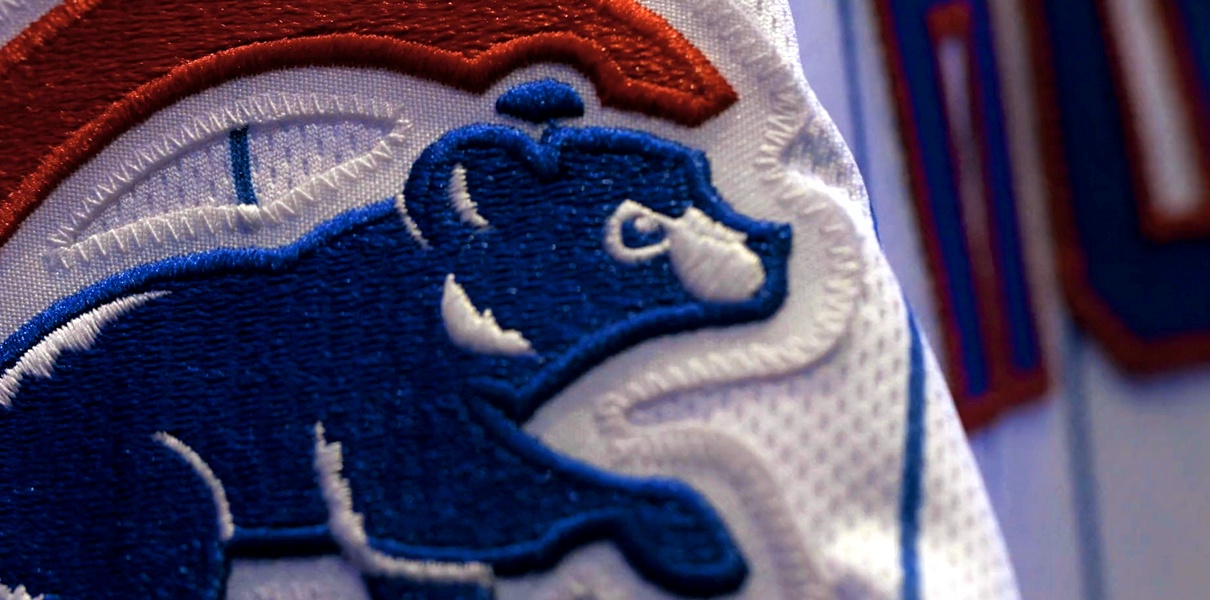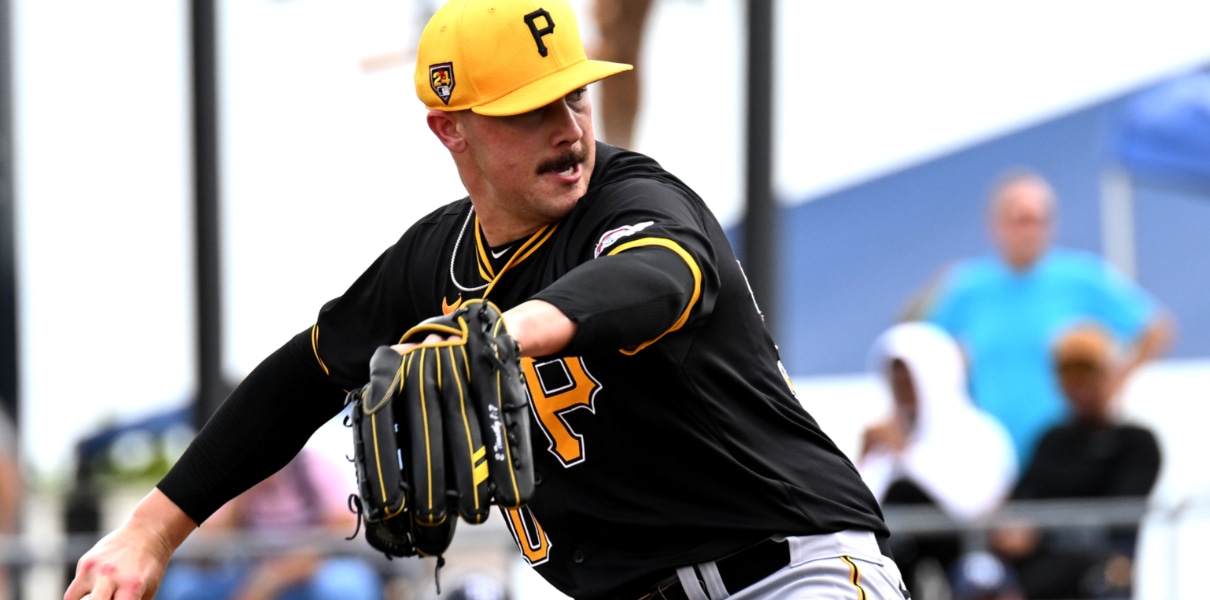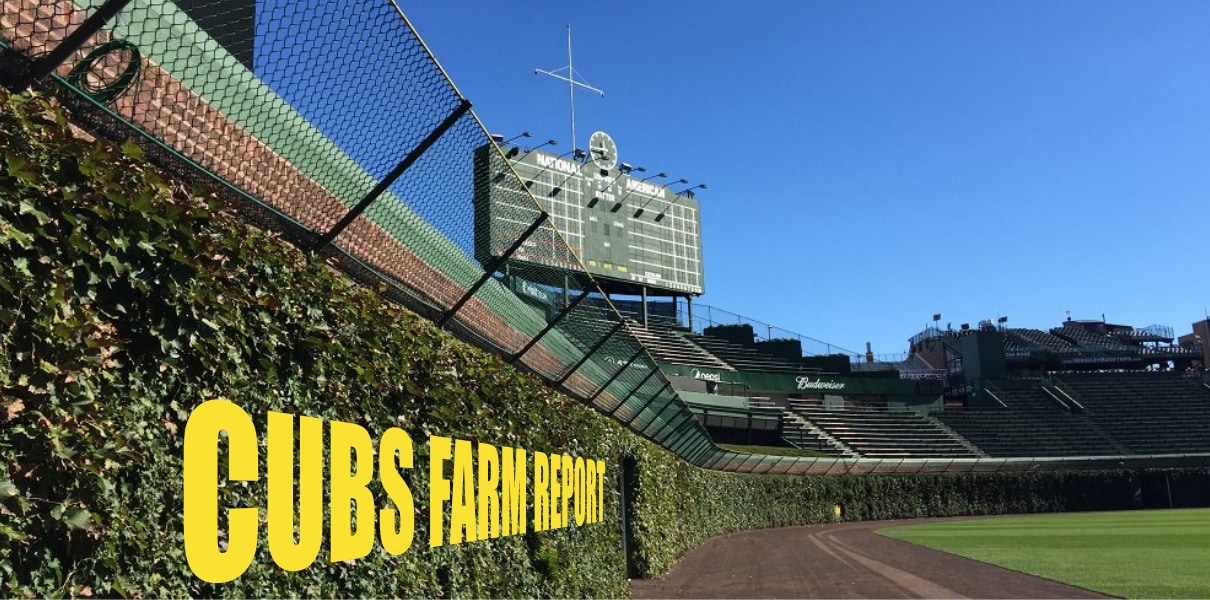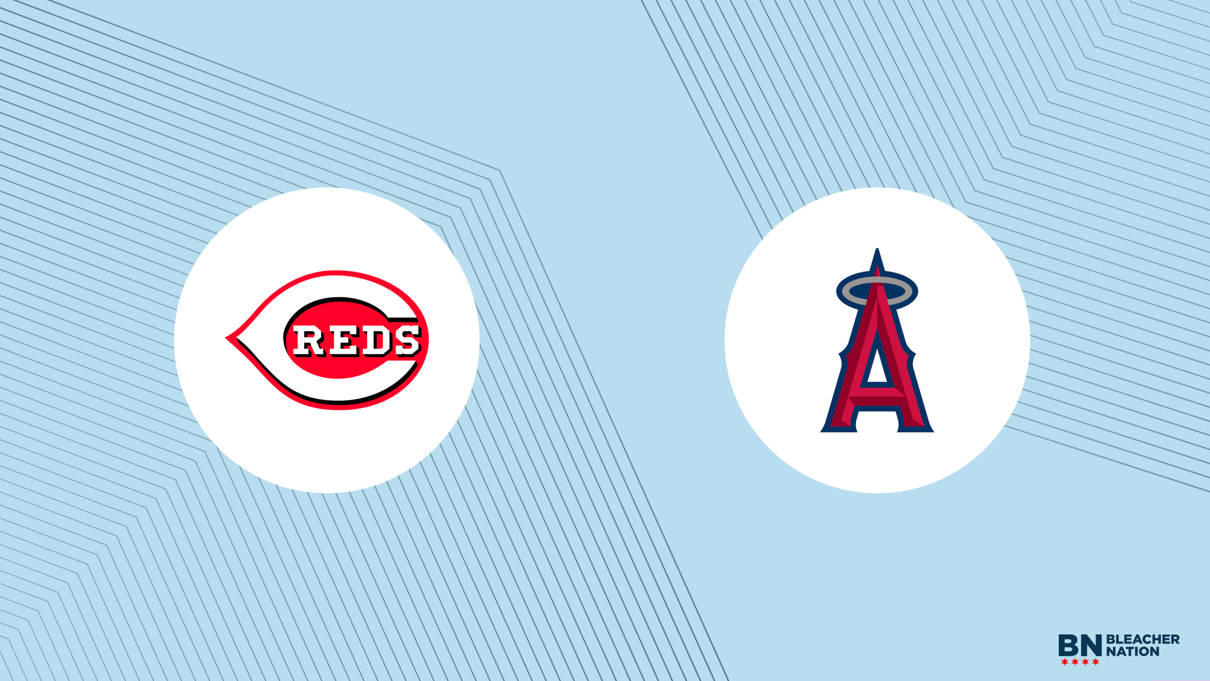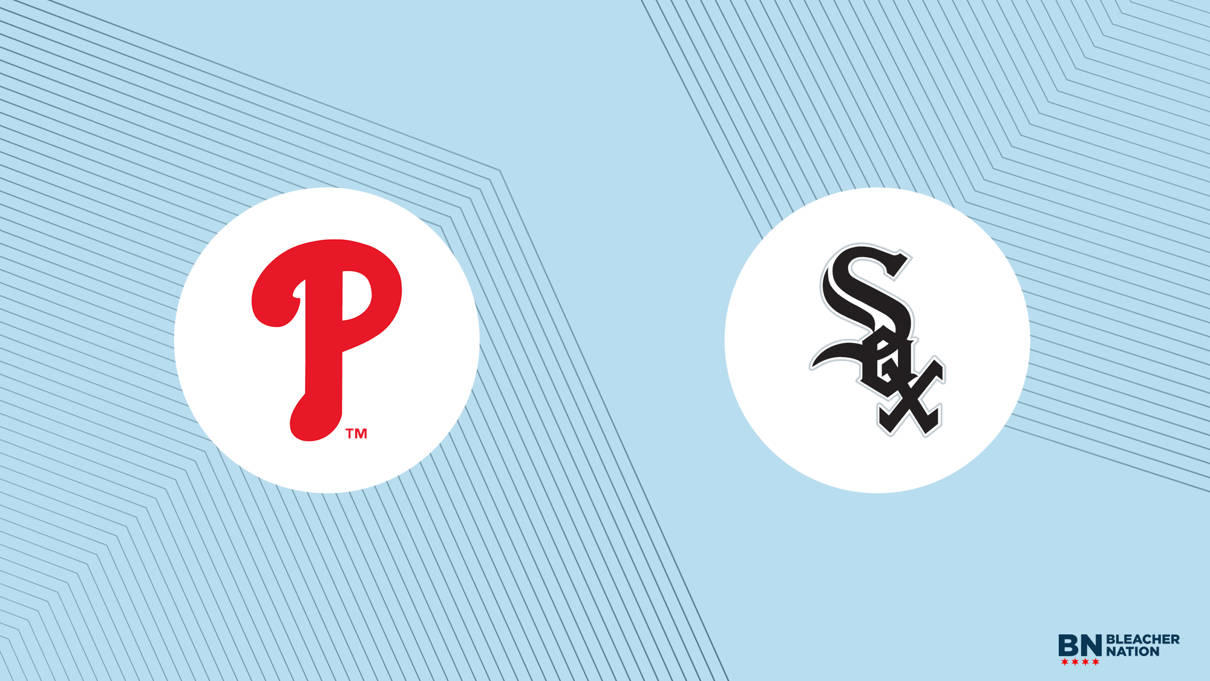We talk a lot about the Cubs’ potential needs/targets this offseason, particularly with respect to a frontline starting pitcher, more starting depth behind that, and a premier bat likely sourced from the group of free agent shortstops. But they also need to add some left-handed power, and last time I checked, Kyle Schwarber was too busy riding mechanical bulls in Philadelphia for a surprise reunion.
The most obvious spots for that type of addition would be third base, first base, and center field, all spots where the free agent market is exceedingly thin on power, especially left-handed power. So, perhaps the Cubs could seek out a player who has lefty power upside, and who could cover more than one of those positions in the event that someone like Brennen Davis, Alexander Canario, or Matt Mervis force the Cubs’ hand early in the year.
To that end, a pretty intriguing option could soon be available: Dodgers 1B/OF Cody Bellinger. He’s left-handed, he (used to) hit for loads of power, and he can cover center field or first base with ease (which is a pretty rare defensive combination).
Of course, WHY Bellinger could become available is really the whole story with him. His journey has been complicated, and as of now, the Dodgers control his future. So let’s dig in a bit to see what happened to him, if he’ll even be available, and if the Cubs should consider a pursuit.
What’s Going on With Cody Bellinger?
At one point, Bellinger, 27, was on a path for greatness, breaking into the league at 21-years-old and dominating from Day 1.
2017 (age-21): 548 PAs, 39 HRs, 138 wRC+, 3.9 WAR*
2018 (age-22): 632 PAs, 35 HRs, 120 wRC+, 3.8 WAR
2019 (age-23): 660 PAs, 47 HRs, 161 wRC+, 7.7 WAR**
*All-Star, NL Rookie of the Year
**All-Star, NL MVP, Gold Glover, Silver Slugger
And he did all that while splitting time between left, right, center field, and first base. An incredible start to his career.
Unfortunately, in nearly 1200 plate appearances since 2019, Bellinger has just 41 HRs, posted a dreadful 78 wRC+, and has been worth just 2.3 WAR, almost entirely from his defense. He’s dealt with injuries to his shoulder, calf, fibula, and rib cage. And he was just benched in a playoff game against the Padres, even when facing a righty.
Speaking of which (via Fabian Ardaya):
Q: What was your conversation with Cody Bellinger like, and how did he take not being in the lineup today?
Dave Roberts: He was upset. He was upset. He wanted to be in there. He expected to be in there. All year long I’ve played him against right-handed pitching, and he wanted to be in there … But in this particular moment, with all the information I have, with what I’ve seen recently, I had to make a difficult decision, and I feel that Chris Taylor deserves an opportunity to start two games in a row….
There were some compliments sprinkled into that response, but they were token. Bellinger, at 27, was simply not good enough to face even right-handed pitching in the postseason.
So what exactly happened to Bellinger? That’s a difficult question to answer.
At Prospects Live, Tieran Alexander put himself on the case, suggesting that Bellinger’s fractured fibula led to a minor, compensatory tweak to his mechanics from which he never recovered. In short, it looks like Bellinger has deployed a slightly wider stance with a rotated left foot to take some weight off his previously injured leg, which created bad habits and reduces the power potential on every swing. He may also be shifting his weight sooner, hurting his ability to keep up with velocity and dinging his point of contact (which also hurts the power output). There’s much more to it than that, but the bottom line is that the leg injury — not the oft-cited dislocated shoulder — appears to be the main culprit. Or at least the swing mechanics that got blown up because of it.
The upshot there is that, now healthy for a good long while, maybe you believe Bellinger is just a mechanical tweak away from returning to form. But are the Dodgers willing to take that gamble? Maybe not.
Will Cody Bellinger Be Available?
Having gone through arbitration three times already, Bellinger is projected to secure a pretty significant salary for his last year under contract: $18.1M according to MLB Trade Rumors. But that’s only if the Dodgers tender him a contract. They could always non-tender him before the December 2 deadline, shedding themselves of an ~$18M commitment in the process.
And they might go that route, even for a former MVP:
Of course the Dodgers could afford to keep Bellinger. Their resources are near-unlimited. But there’s one thing that is finite for every organization: playing time. In other words, the decision may not come down to money, at least not exclusively. It may come down to their interest in continuing the experiment at all. There are other players in their (very deep) system to promote and plenty of free agents to target. A playoff benching and a non-commitment from the President and GM sure seems to point to an exit.
So Should the Cubs Become Involved?
All of this brings us back to the Cubs, who theoretically have the space for Bellinger,* if not the stomach.
*(If they ever become interested, the Cubs will want to sign Bellinger as a free agent after he is non-tendered to avoid that hefty arb salary. But it’s at least theoretically possible that the Dodgers find some sort of minor trade partner elsewhere before the deadline. A pre-tender trade to the Cubs is also possible, if not necessarily plausible. Just keep that in mind.)
Anyway, here’s where it gets complicated.
The Cubs are looking to take a big step forward next season, but Cody Bellinger would be more of a project than I think any of us (and hopefully the Cubs) are expecting to entertain. He might just be broken and committing enough time to him to find out may just end up costing them in the standings. Remember, they could just sign guys that are, you know, already solid. Because the current version of Bellinger isn’t just “not quite Bellinger anymore,” it’s “I’m not sure how you justify playing this guy.”
Of course, Bellinger’s ability to play quality center field *and* first base while almost certainly not blocking whichever (if any) prospect emerges is pretty dang desirable. That’s probably as much a selling point here as any hope at a rebound and upside.
I think we all want to see what Davis, Canario, Mervis, and perhaps even Pete Crow-Armstrong can offer at varying points in 2023. And signing certain sure-fire free agent starters (or trading for them) could delay or disrupt those opportunities. Bellinger is unlikely to block anyone, both because of his positional versatility, and because his performance might not justify it anyway. (And heck, if it does, then you just reclaimed a 27-year-old MVP candidate! No complaining!)
Bellinger is also a pretty exciting lottery ticket in his own right. He’s still young, he’s had MASSIVE success in the past, his issues may truly be mechanical (i.e. overcome-able), and it’s not like he HAS to get back to MVP levels to be worth it. Sometimes it’s a much more modest rebound, but enough to be really solid. And sometimes it starts with a move to a new organization.
Ultimately, I think I’m on board with the Cubs targeting Bellinger should he become available, but only under two conditions. And they’re not minor.
If the Cubs make those two things happen, then I think Cody Bellinger is a gamble worth taking. His fit positionally (CF, 1B) and offensively (left-handed, power), his ability to move if a prospect is ready, and the possibility of returning to the upside is worth a serious look.
Brett Taylor contributed to this post.





